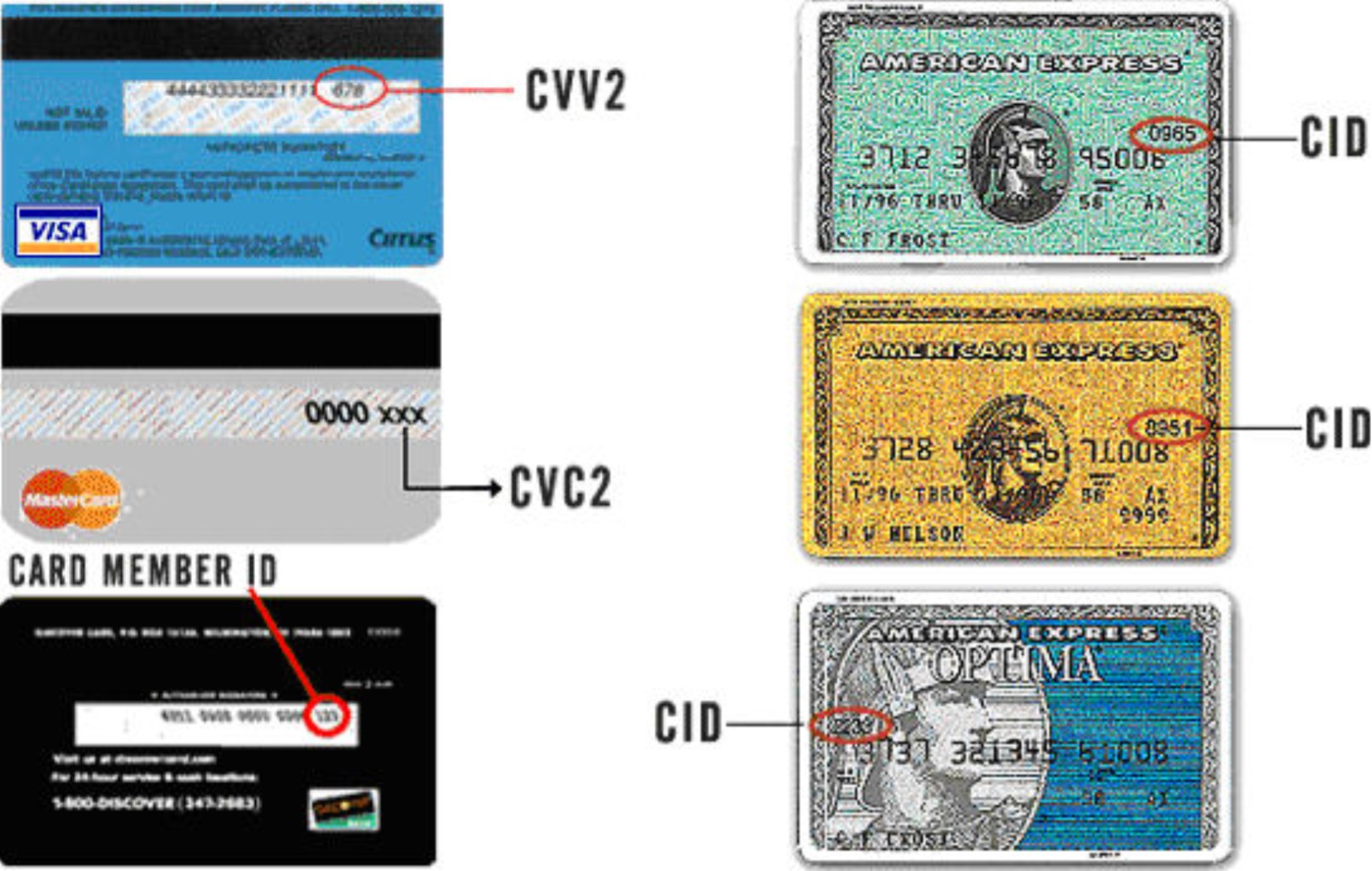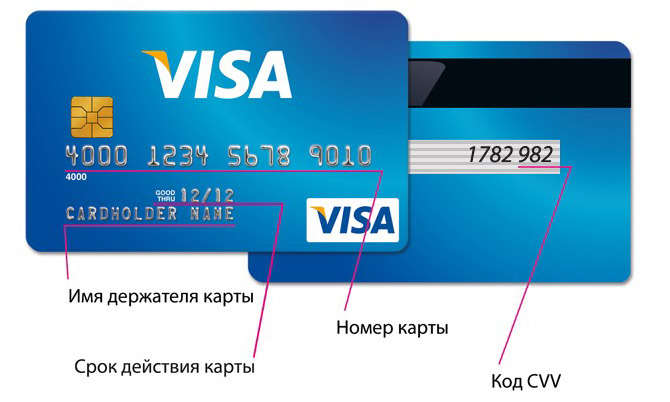

It will take roughly five years to replace all 15 million cards worldwide to avoid unnecessary waste and costs. Canada. The CVV Number (' C ard V erification V alue') on your credit card or debit card is a 3 digit number on VISA®, MasterCard® and Discover® branded credit and debit cards. Customers will receive their new card when their existing one expires, or as part of a future initiative to replace the current cards. Applicants must ensure theyre entering the correct CVV code (found on the back of the debit/credit card being used) AND the zip code (postal code) that matches. By summer 2018, most countries will be issuing the new cards, with Russia, Poland, Austria and Turkey next in line. The new set reduces this number to just eight. The new cards are the result of ‘Family of Cards’ project, an international collaboration to standardise over 95 different ING card designs into one global set used everywhere. In this way the customer always remains central. But the bank is just a provider – the card belongs to the customer,” said Ted Schappert, brand design manager.Īs such, the new cards only feature information if it serves a specific goal. “Most bank cards are cluttered – full of logos and unnecessary text. CVV codes provide a second layer of authentication, which helps to verify the card holder’s identity when making remote transactions.

Its symbolic orange heart means the cards are instantly recognisable in people’s wallets, as well as representing ING without being over-the-top. What is a CVV number A card verification value (CVV) or card verification code (CVC) is a 3 or 4 digit security code usually found on the back of your credit card. The simplicity of the design embodies ING’s customer promise. This little thing of mine? It has an orange core that helps me find my card in my wallet. It prompted a French customer to remark: “Little things can make the difference. ING in France was the first to release the new cards in the summer of 2017. Play video Curious to see #howitsmade? Look no further!


 0 kommentar(er)
0 kommentar(er)
